I stumbled into “Retropia,” an exhibit in San Juan, Puerto Rico, which made me think deeply about our relationship to words and to the past. I was so moved by both the art and the framing of the ideas in it that I wanted to share a bit of what I saw and read, because I think it’s relevant to all writers and more broadly, all citizens.
The first thing I saw when I walked into the exhibit was a Firestone tire, with the word “Heroina” in it, attached to a wall.
Heroine, chromed bronze and car tire, 2023.
I moved past the tire to what I hoped was a bit of an explanation.
“Retropia”—a combination of “retro” and “utopia”—takes its name from a term coined by the Polish-born philosopher and sociologist Zygmunt Bauman “to refer to our current historical juncture, in which the future is so threatening and uncertain that a gaze turns backward, to the past, for solace,” guest curator Diana Cuéllar Ledesma writes in her incisive wall text at Museo de Arte y Diseño de Miramar.
I was already completely hooked.
How interesting to think that our fear of the future is what is powering the fascination with vintage everything, from old Barbies to midcentury furniture to classic cars to refrigerators from more than half a century ago.
Frigidaire, 2019, mixed media.
“This nostalgia, however, is giving rise to a dangerous resurgence of nationalism, mythologies, the worship of agitating leaders, and acritical affirmations of identity,” Cuéllar Ledesma notes. “In that line, Dagoberto Rodriguez also seeks to alert us to the risk and the seductions of consumerism, fashions, and ideological extremism.”
It was hard not to feel a bit of fear and foreboding looking at the walls. (I had come to Puerto Rico to stop thinking about fear and foreboding for a while, but here it was, again.)
Heroes and Heroine, 2023, Chromed bronze and car tire.
Rodriguez, who is now based in Madrid, was part of a Havana-based collective of artists called Los Carpinteros or “The Carpenters.” https://www.nga.gov/audio-video/audio/carpinteros-rodriguez.html The collective’s work is part of the permanent collection of The Museum of Modern Art, New York, the Guggenheim Museum, New York, the TATE Gallery, London, and many other museums.
What’s most intriguing to me is how Rodriguez uses words. After Fidel Castro died, Rodriguez spent time with his speeches.
“The majority of his speeches were published online, so I revisited them in order to find a hierarchy within the words. The words that Fidel said most frequently are the same words that the revolution has used most in political propaganda,” Rodriguez explained in an interview with Jérôme Sans.https://www.dagobertorodriguez.es/los-emblemas/
One of those words was "enemigo” or “enemy”.
El Enemigo, 2023, chromed brass.
It’s chilling to see one of Castro’s favorite words displayed as a car ornament. Walking into another room in the exhibit, what looks like a gleaming brand name on a car bumper from the 1950s turns out, on close look, to reveal the Spanish words for treason or the phrase “homeland and life.”
“The revolution has many other words,” Rodriguez said in his interview with Sans. “I only chose the 12 words that Fidel used most to give the project a biblical connotation; that of the 12 apostles who spread the word of Jesus. The revolution used this theme a lot after the first battle with the government of Batista, when only 12 combatants were left next to Fidel in the mountains.”
This part of the interview is what really got me.
Can you list these twelve words in the order of the hierarchy you have made?
1. People
2. Revolution
3. Democracy
4. Worm
5. Enemy
6. Injustice
7. Betrayal
8. We will defeat
9. Homeland or death
10. Counterevolution
11. Liberty
12. Work
https://www.dagobertorodriguez.es/los-emblemas/
Dagoberto Rodriguez, whose work combines sculpture, architecture, and design.
It’s impossible to look at that list and not think beyond Castro.
Vintage language can also be current language. And it’s worth considering that when it comes to vintage cars, “it’s retro to us but present in Cuba,” as a woman working at the museum pointed out to me. “These cars are still running, but with Russian parts.”
Words in Cuban Art
The exhibit emphasizes the major role of words in Cuban art. “Nor could it be otherwise in a country whose natuional hero, Jose Marti, was a poet,” Diana Cuéllar Ledesma writes.
Curator of “Retropia,” Diana Cuéllar Ledesma
And Cuba’s proximity to Puerto Rico also matters. Cuba is “a country until well into the twentieth century was seen as the last bastion of the socialist utopia and which, due to its geographic and cultural proximity to Puerto Rico, has played a key role in our thinking about outhe historical processes of our own ilsand in its relations with the United States of America,” Cuéllar Ledesma notes.
This powerful exhibit—Rodríguez’s first solo show in a Latin American or Caribbean museum—is housed in Museo de Arte y Diseño de Miramar, located in a pink house in a lovely residential neighborhood.
The Casa Rosada was built in 1913 as a residence for Judge Luis Méndez Vaz and his wife, María Bagur. https://www.madmi.org/museo
A Sonnet of the Stars
Everywhere in Puerto Rico, I noticed a constant conversation between words and image. I also noticed an interest in artists from other Spanish-speaking countries—from Cuba to Mexico—who also played with text and image.
At the Museo de Arte de Puerto Rico, I was moved by Soneto de las Estrellas or “Sonnet of the Stars” by Esteban Valdés, a poet born in Mexico who made the first book of concrete poetry in Puerto Rico.
“Sonnet of the Stars” appeared in his 1977 collection Out of Work. Valdés worked on labor rights.
I am not the only one moved by the Soneto. A little Googling brought me to this film homage to it: https://www.jesusbubunegron.com/soneto-de-las-estrellas
Chicago Reading w/ Peter Orner on February 11th
Speaking of artists who are in conversation with other artists, and writers inspired by other writers, I am thrilled to read with Peter Orner, a writer I deeply admire, at the Chicago Loop Synagogue on Sunday, February 11th at 2 p.m.
I am looking forward to reading with Peter Orner, one of the writers I most admire, at the Chicago Loop Syngoague on Sunday, February 11th at 2 p.m. Our conversation will be titled: “Writing and the Art of Remembering: A Reading and Conversation with Writers Peter Orner and Aviya Kushner”.
It was my honor to interview Peter for The Forward on the occasion of the publication of his beautiful book Am I Alone Here? You can read the interview here:
https://forward.com/culture/363176/could-a-few-good-short-stories-save-the-trump-presidency/
The newsletter’s next issue will be a return to my series on chapbooks in advance of the chapbook panel at the AWP Conference—with a post on a Paul Celan chapbook, and a winter salon paired with it. I will soon be saying goodbye to Puerto Rico, and to my lovely temporary writing table in the trees. I will miss it.
***********************************************************************************************************
Hope you enjoyed this newsletter! Thank you for your support of writing with depth.




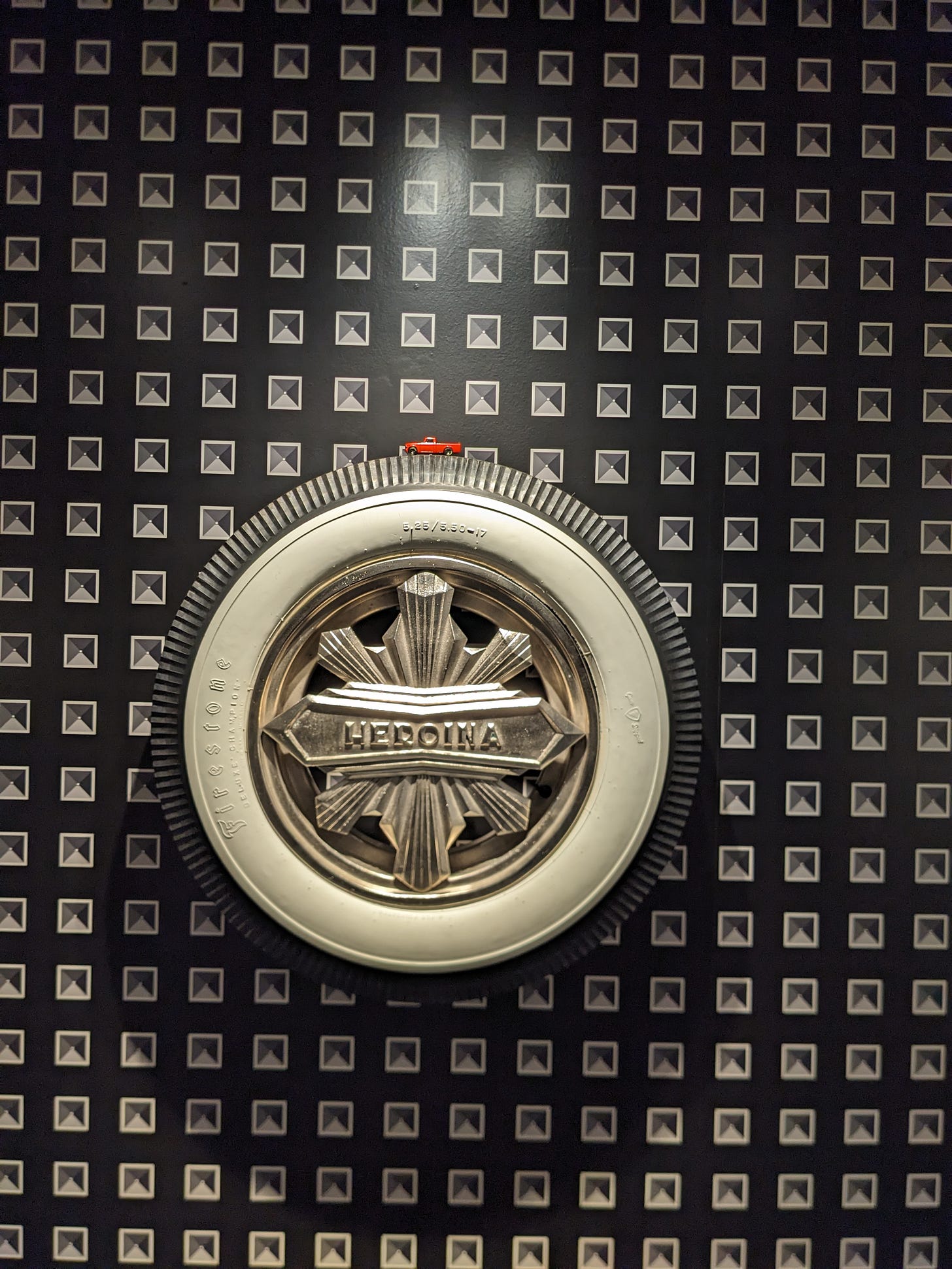
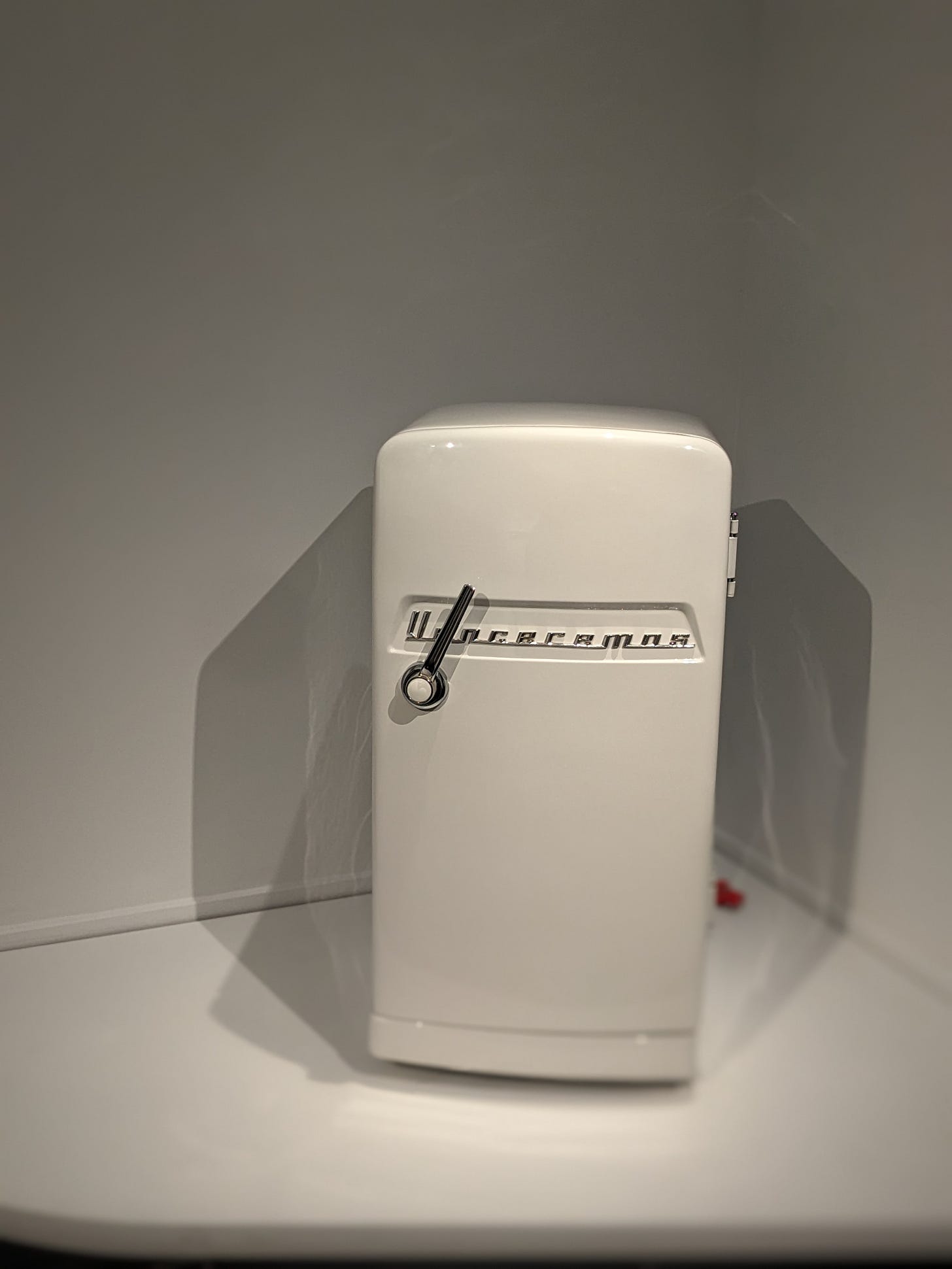
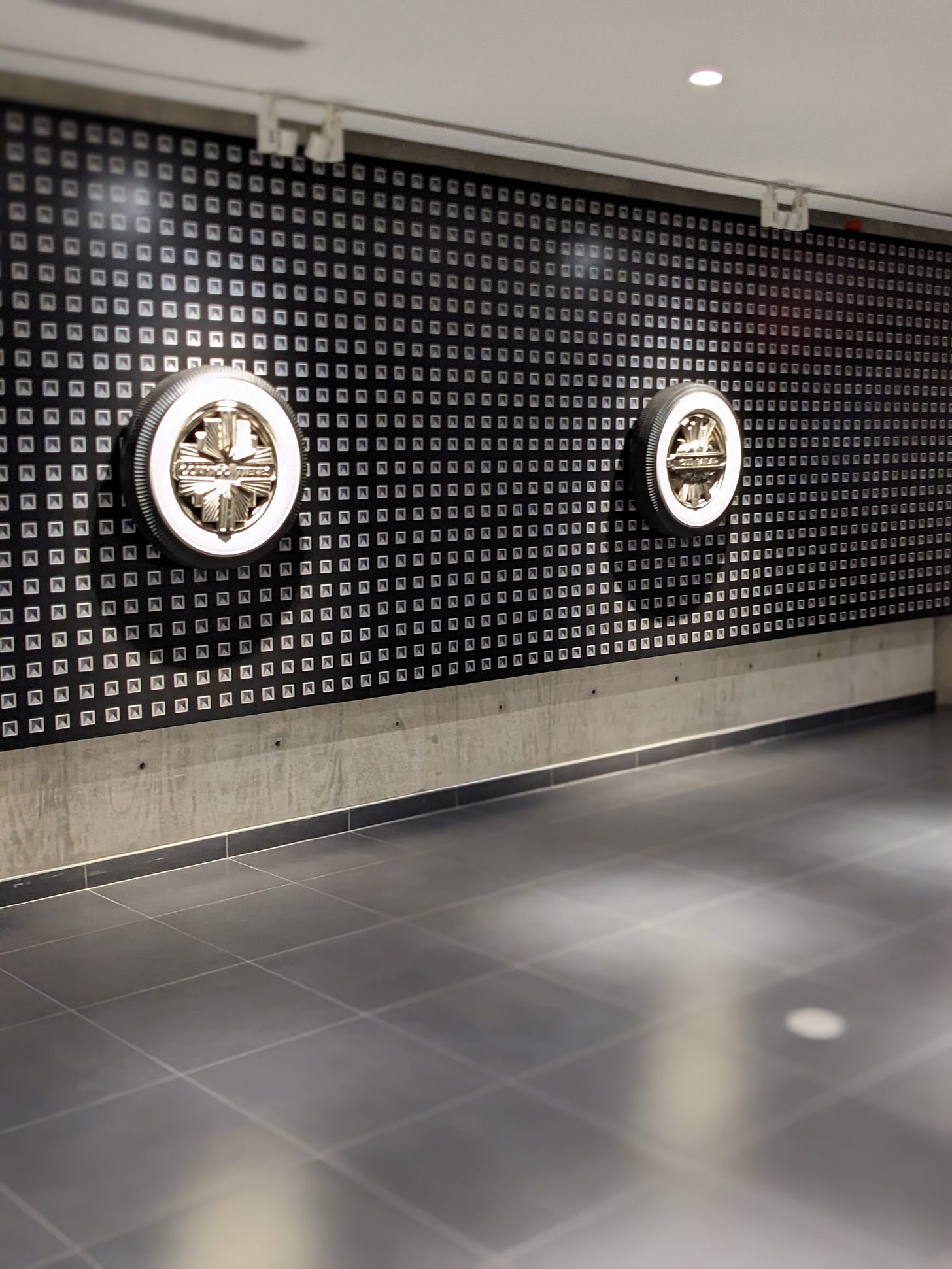
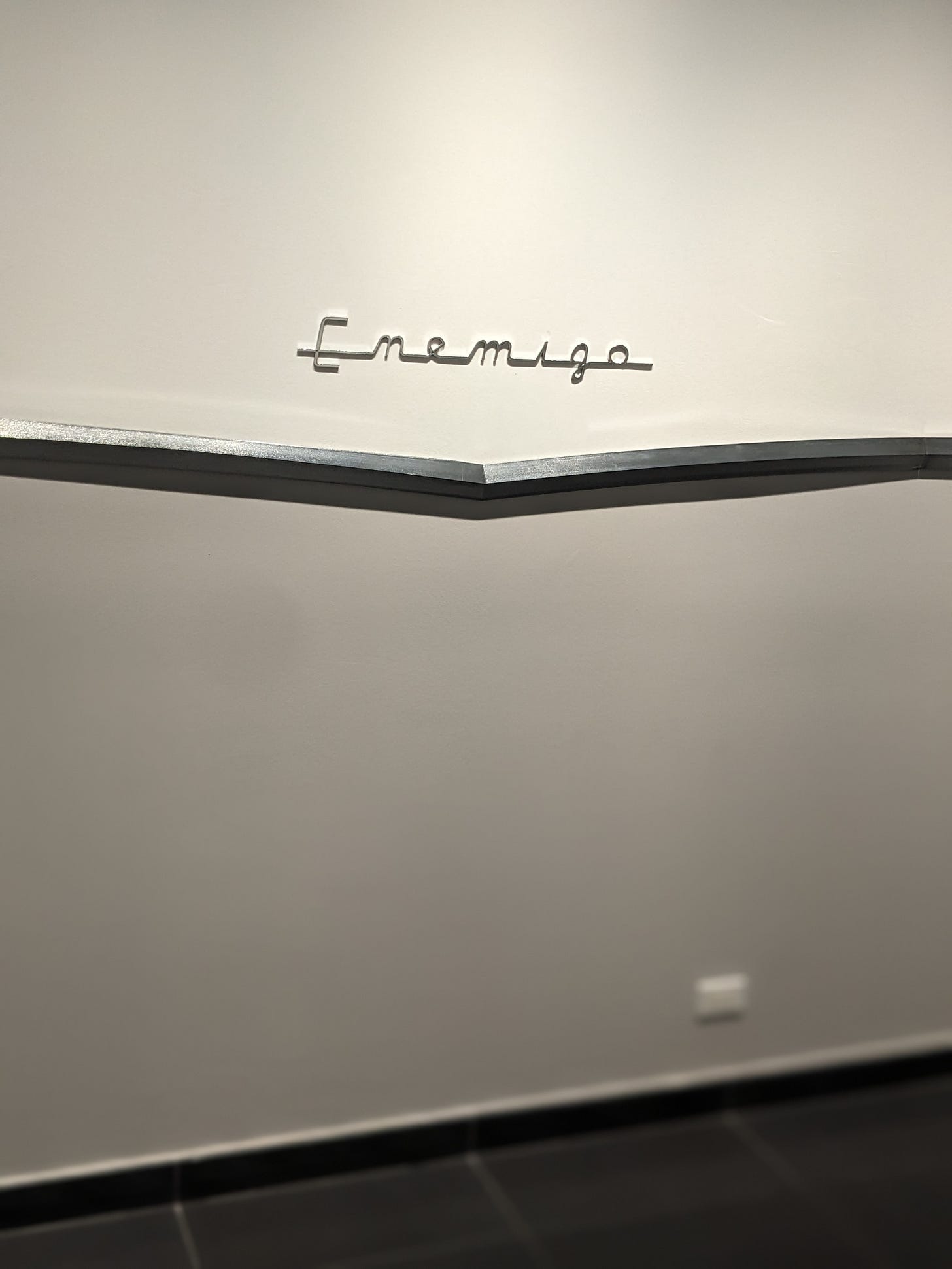
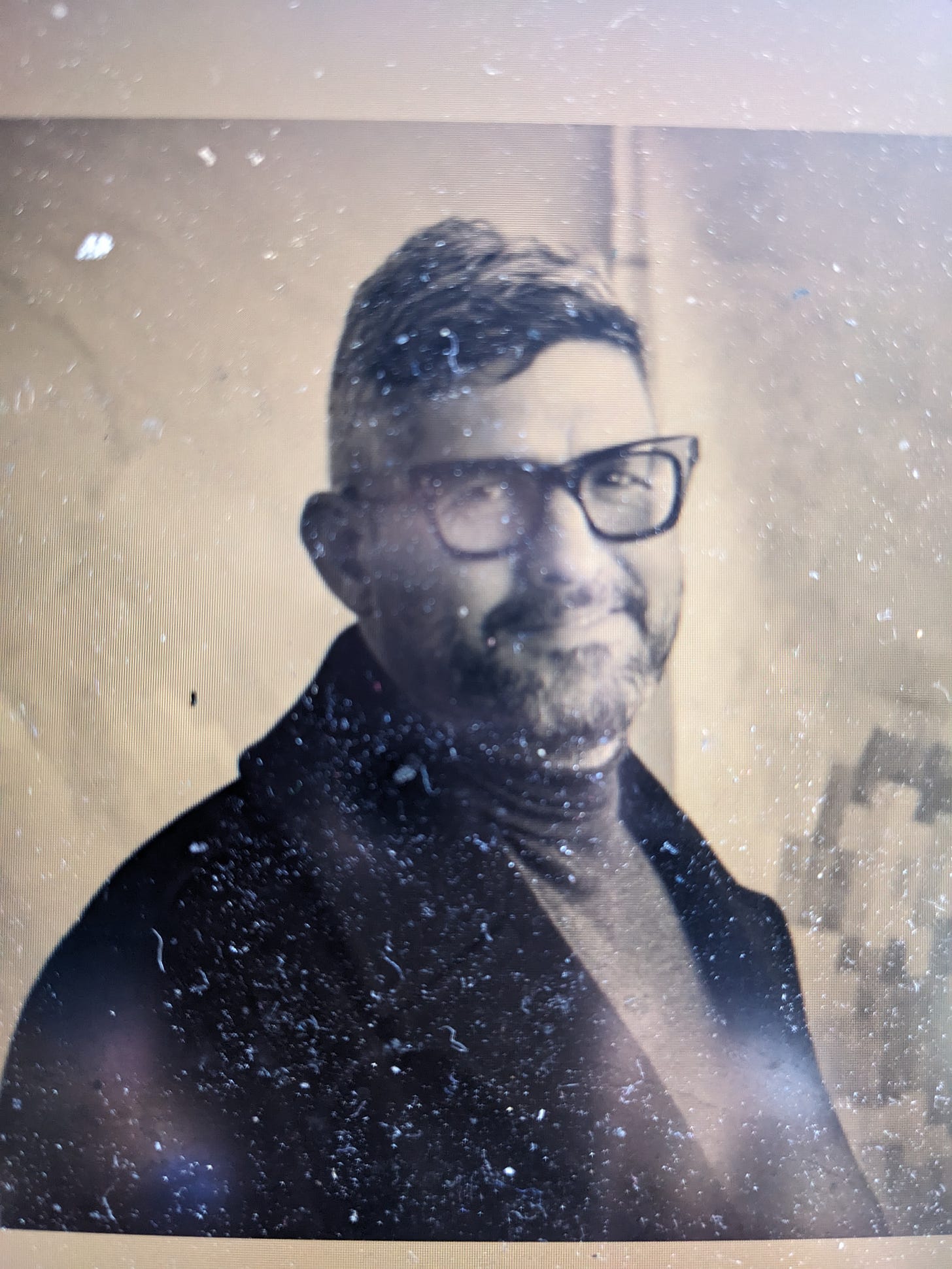

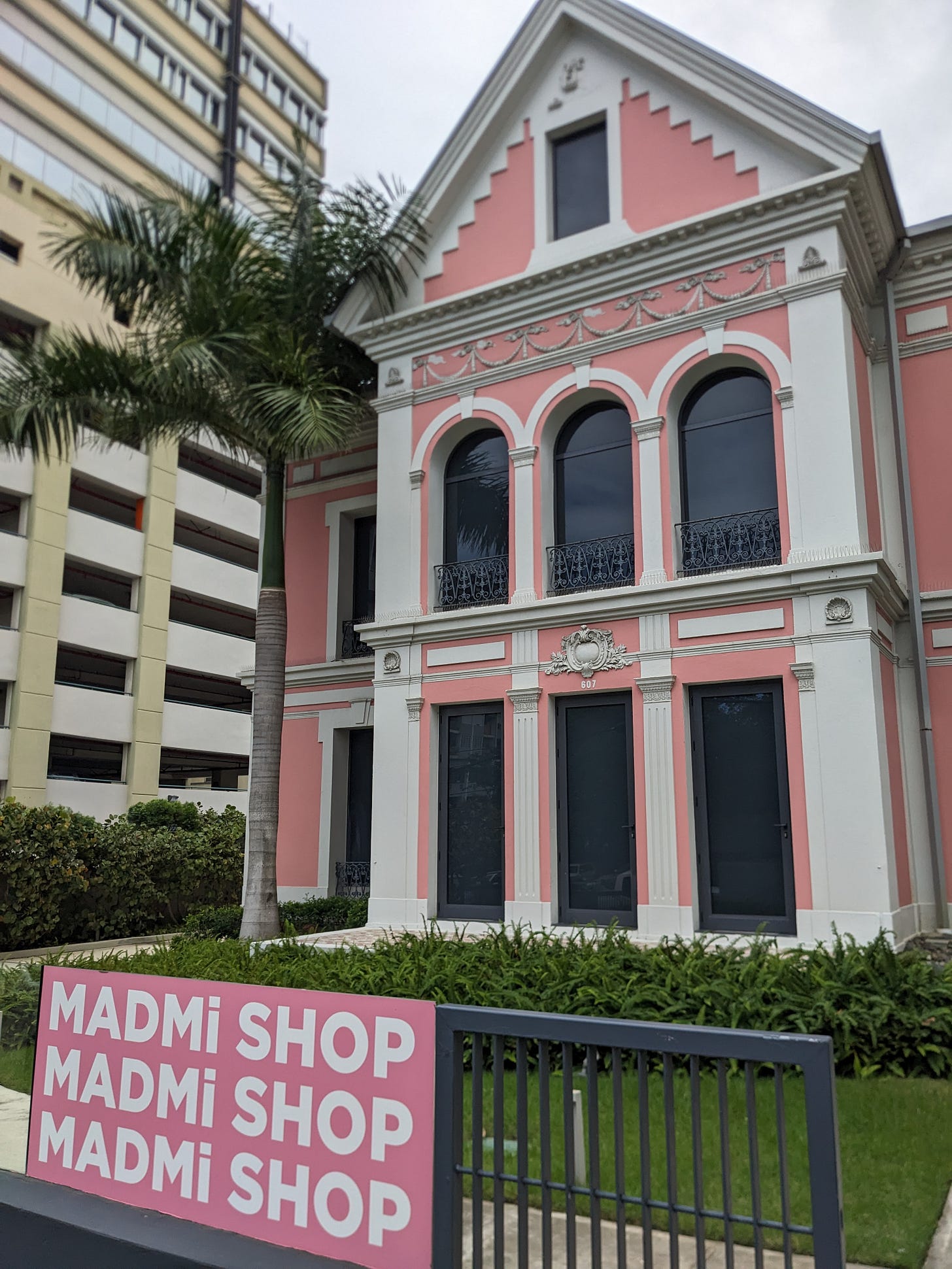
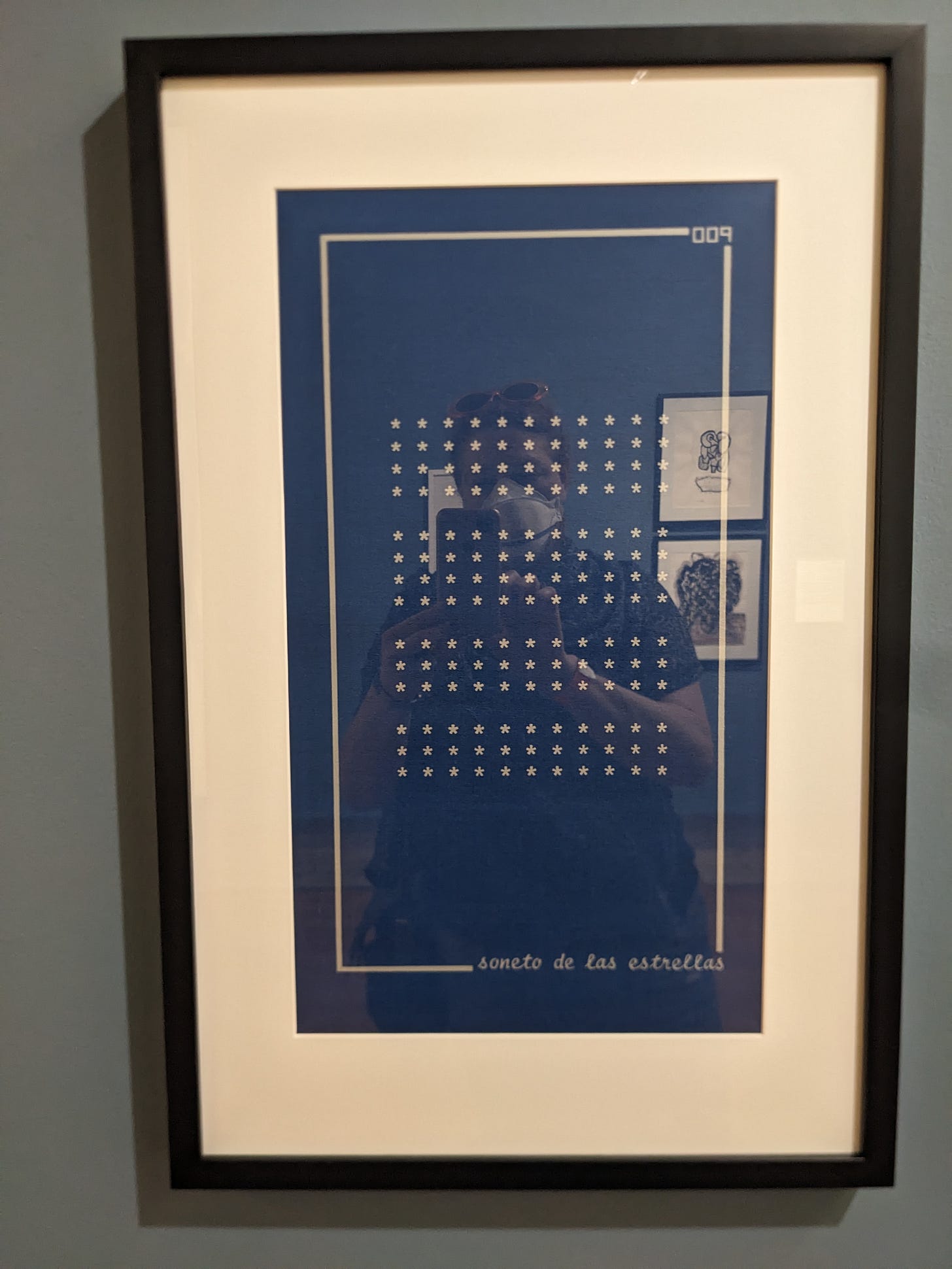
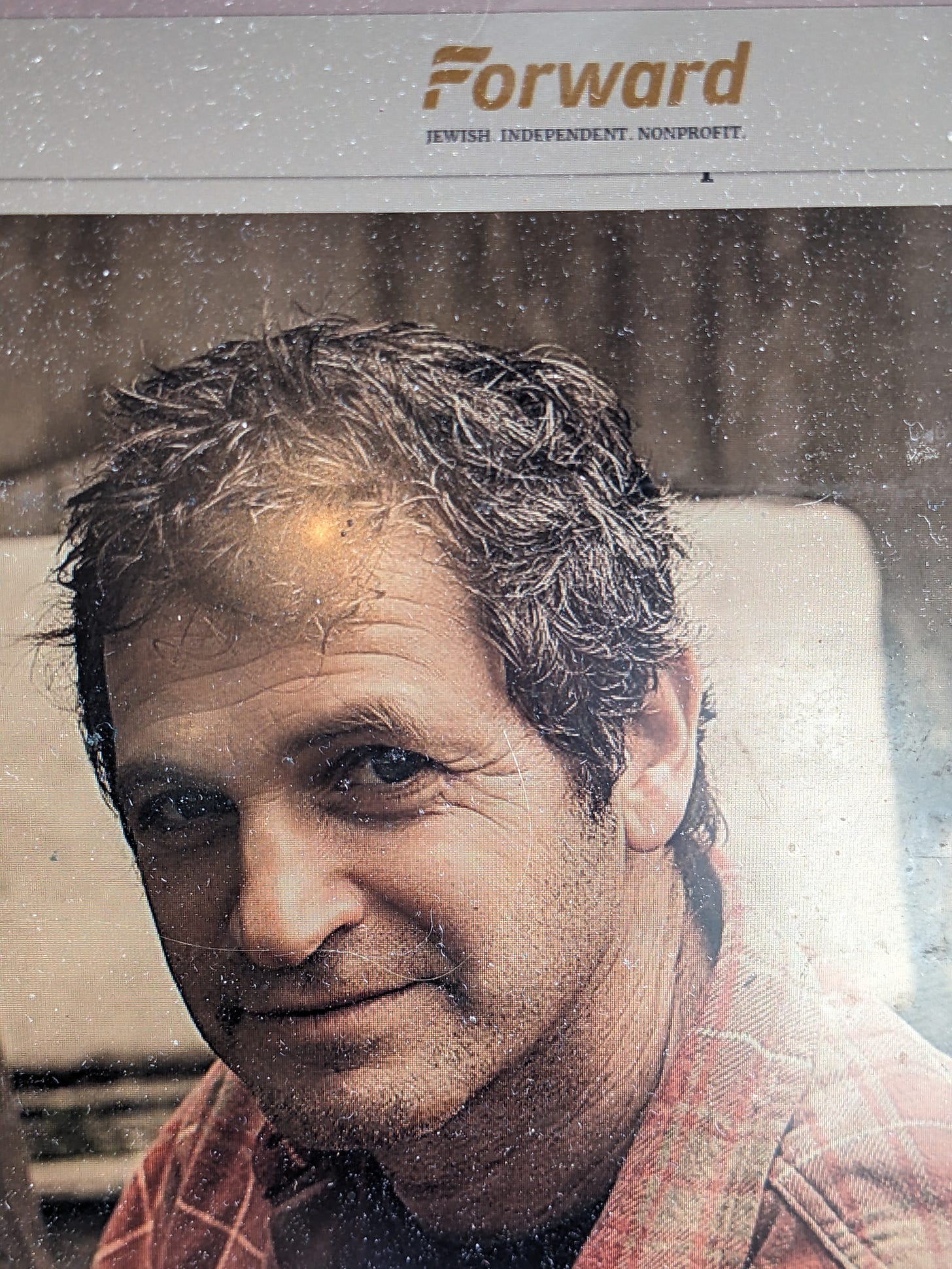

Aviya, patria--enemigo--gusano, these words are sadly applicable to the conversation today here in the US and in other parts of the world. Your "stumble" inspires me to listen for our own twelve words.
Thank you for this introduction to these artists!